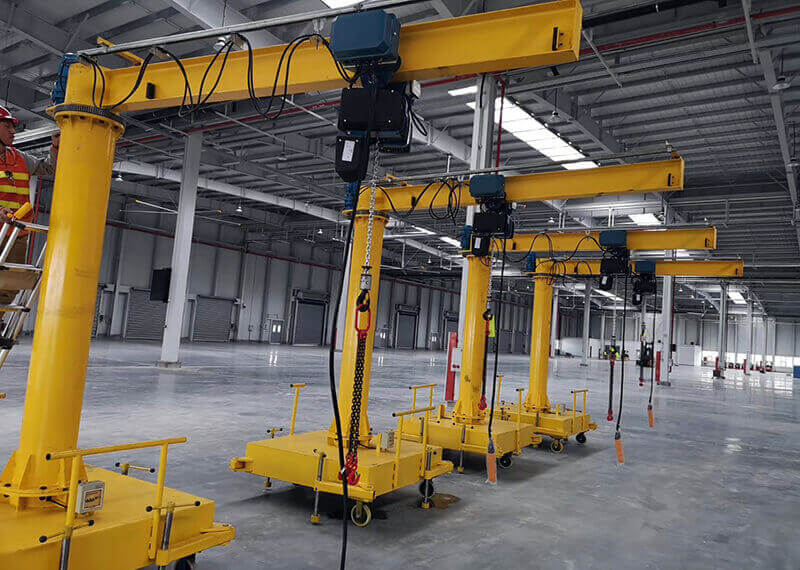
When should you motorize your crane system?
The load is too large for your crane to handle manually: To consider crane motorization, you must first determine the crane's intended use. When the load under your hoist is difficult to move manually due to its overall size, you may want to consider motorization. As a result, chat with your employees and inquire about the challenges of relocating the system from one location to another. You can use a motorized crane system if you don't mind putting in a lot of effort.
Barriers: As the load passes via a path, it must not encounter any obstacles. When heavy items, machinery, or racks impede the path, however, motorization is the way to go. Your staff will be able to use the remote control for movement thanks to good motorization. As a result, moving the load around and over these impediments will be simple. In these cases, you can use either motorized gantry cranes or overhead cranes to accomplish your goals.
Size of your system: You may already have jib cranes or gantry cranes in place. The height of your cranes, on the other hand, is an important consideration when considering whether or not to invest in motorization. Some cranes have a higher lifting capacity; in these circumstances, you can choose for a motorized lifting system. It may be difficult to move the weight in some circumstances as the height of your hoist trolley rises. You can use the motorization option if your systems have a lot of clearance. The ultimate goal is to improve the ergonomics and user-friendliness of your system for your employees.
You must integrate motorization as part of your material handling process when you have a high lifting height, span, or capacity. You must also examine the trolley height to determine the weights of your system and load. To summarize, you must understand how the weight and height of the load effect the movement of the load. Then you have the option of having your cranes motorized.
Do you need to motorize your jib cranes?
The application of motorization for jib cranes is similar to what we've already described. However, by motorizing your cranes, you will gain some distinct advantages. There is one point at which jib cranes should be allowed to contact the ground. Gantry cranes, on the other hand, have two legs and four columns. In some cases, shifting the load to a lower level is necessary. Your employees, on the other hand, may not have the strength to perform it manually.
You may also need to bring the cargo closer to the Jib crane's mast. Because there is less leverage while moving the cargo close to the mast, a significant amount of effort is required. You can invest in motorized jib cranes to save your staff time and effort. These motorized systems are simple to operate and allow personnel to manage loads without exerting excessive strain.


